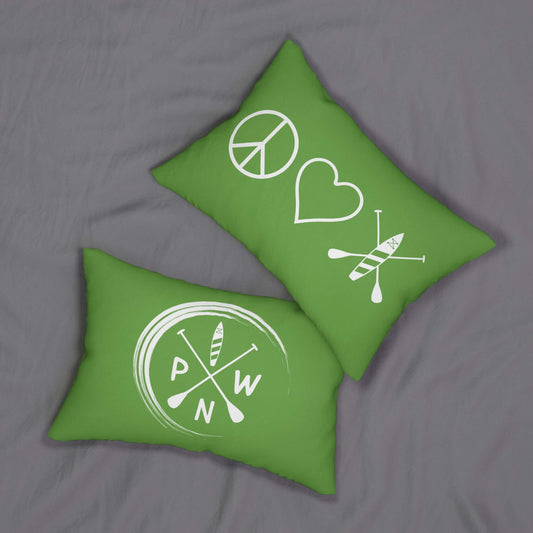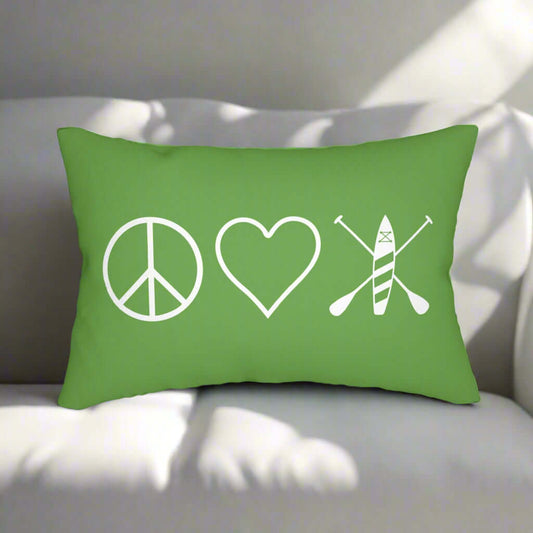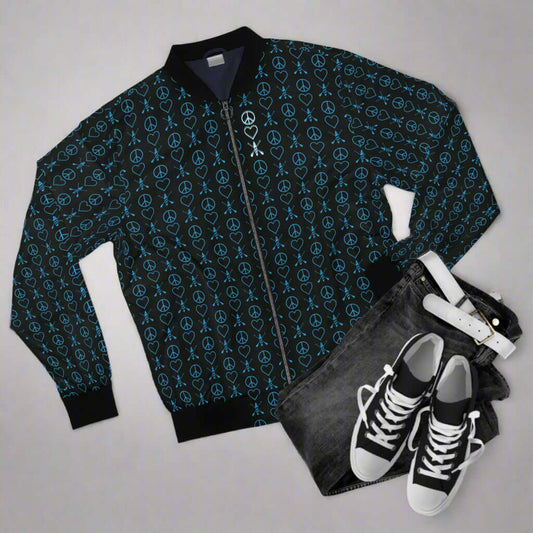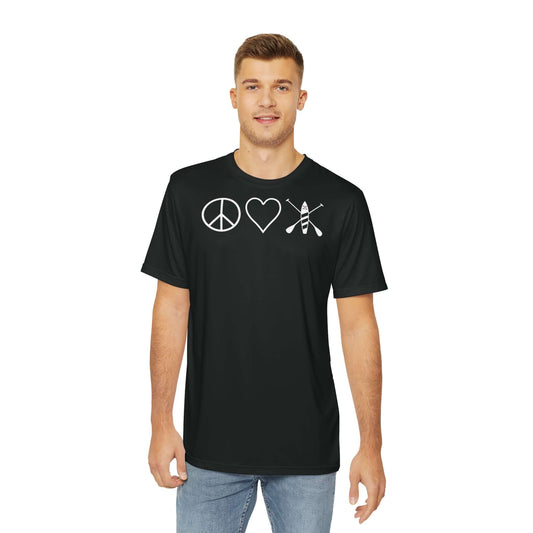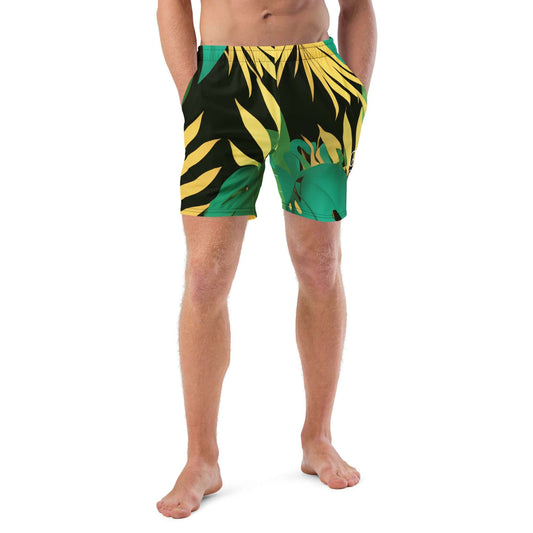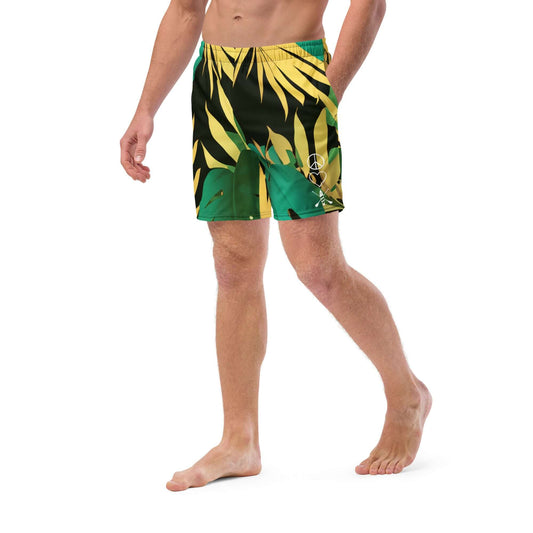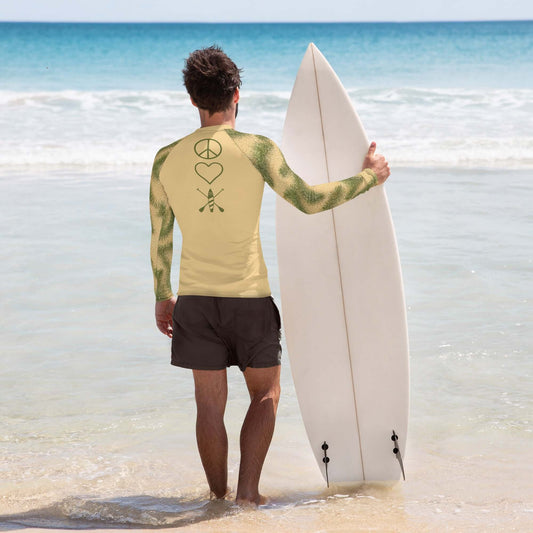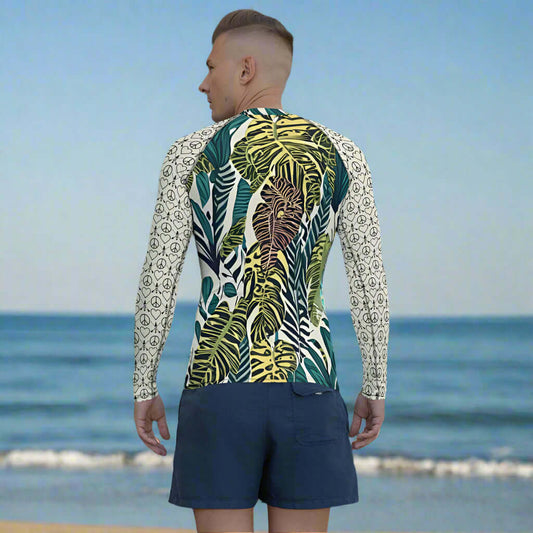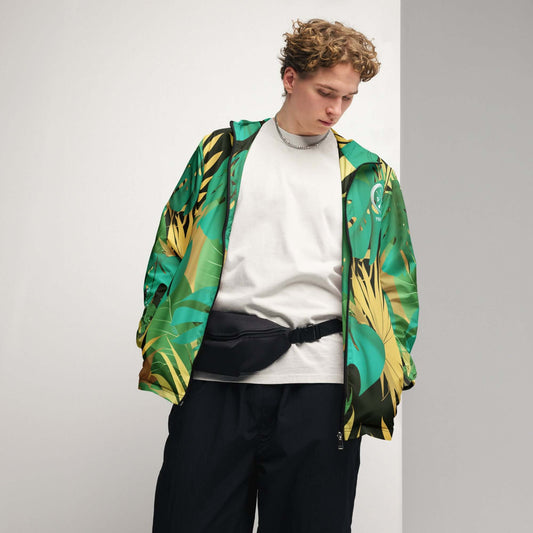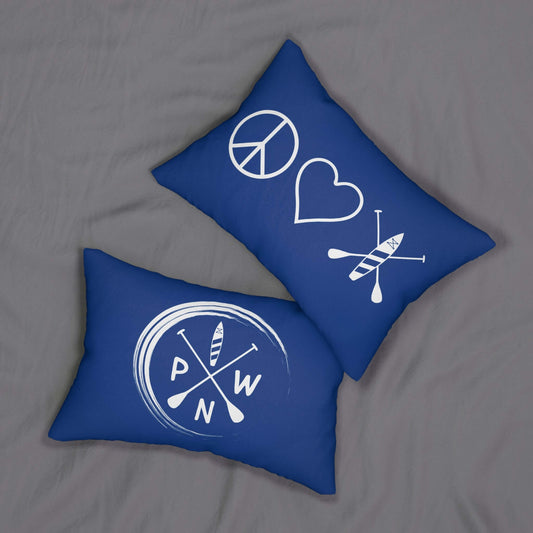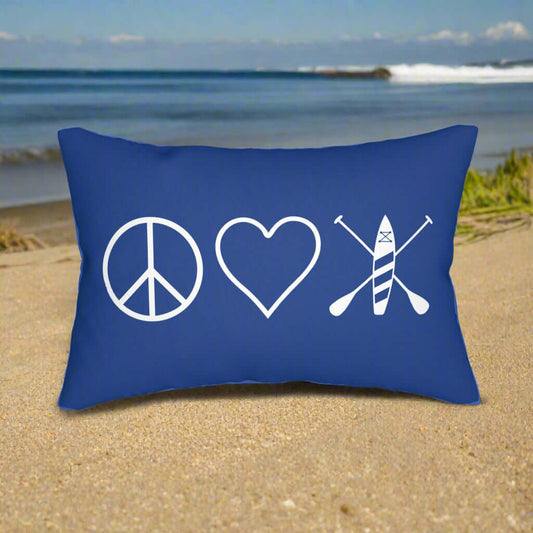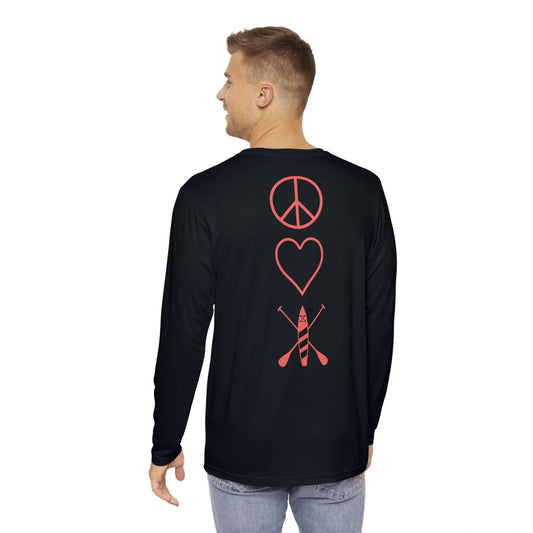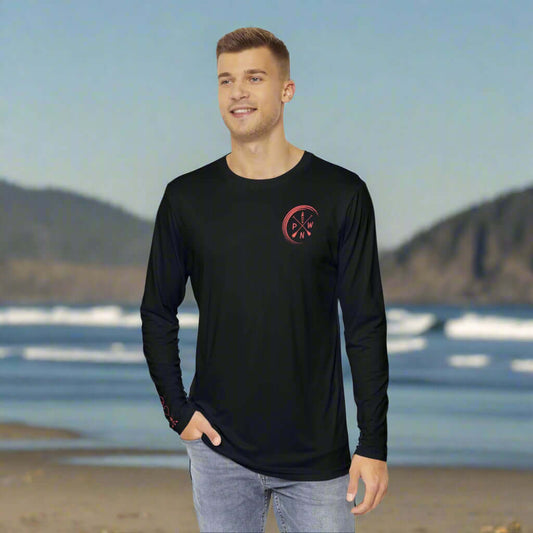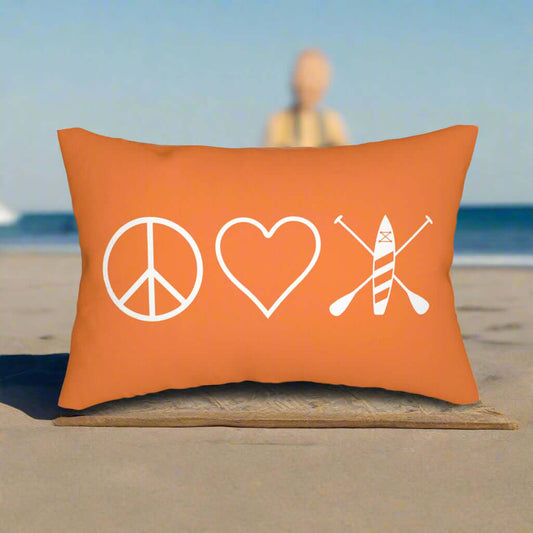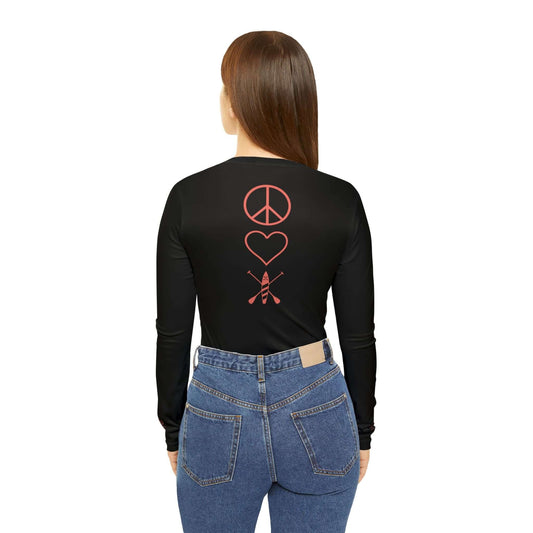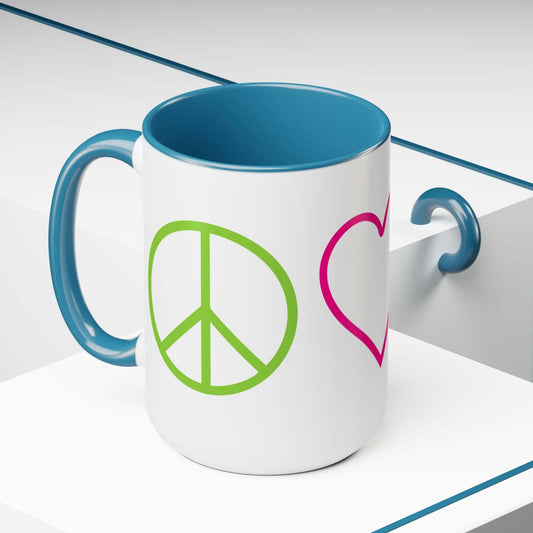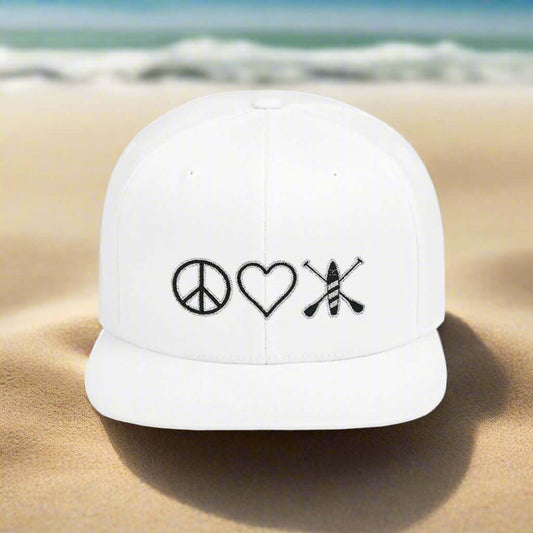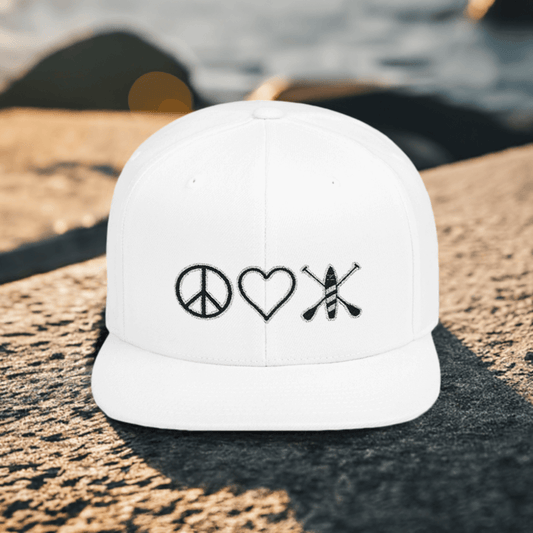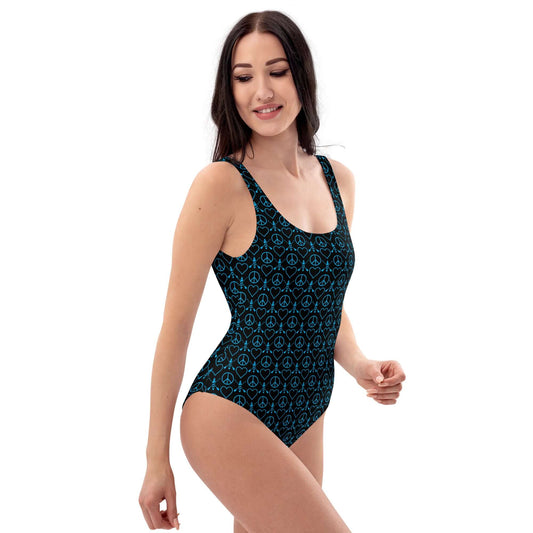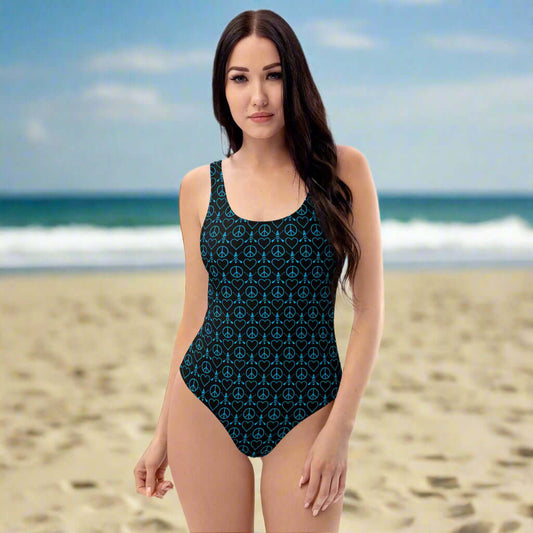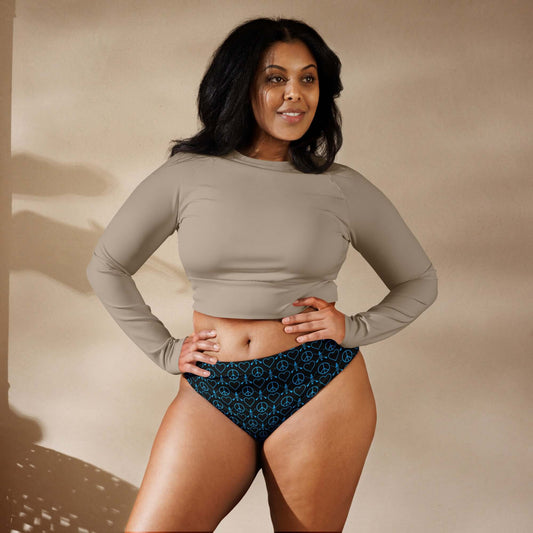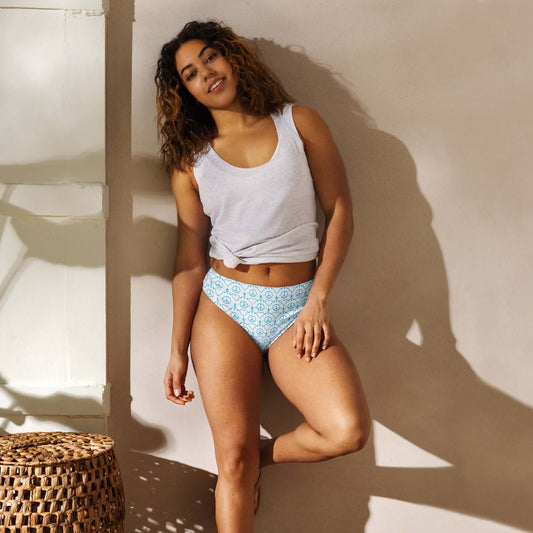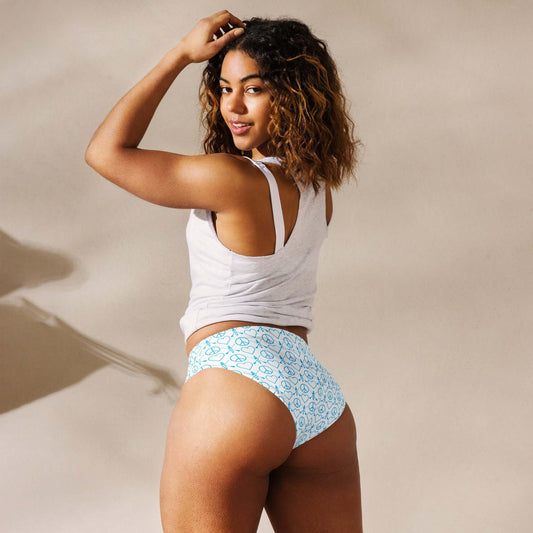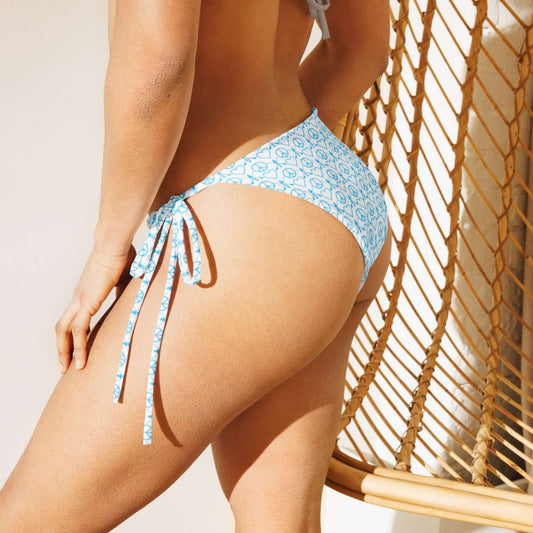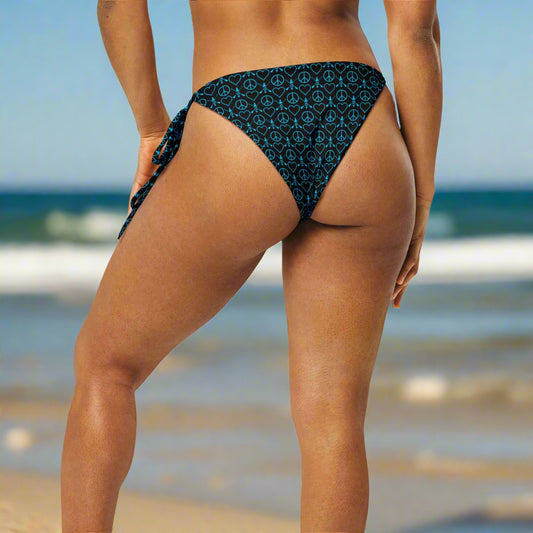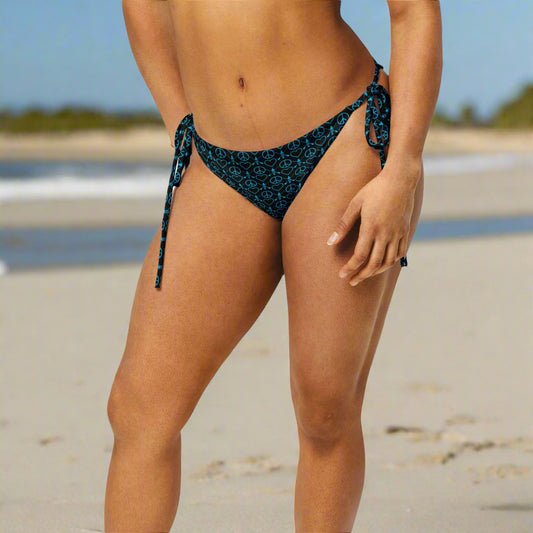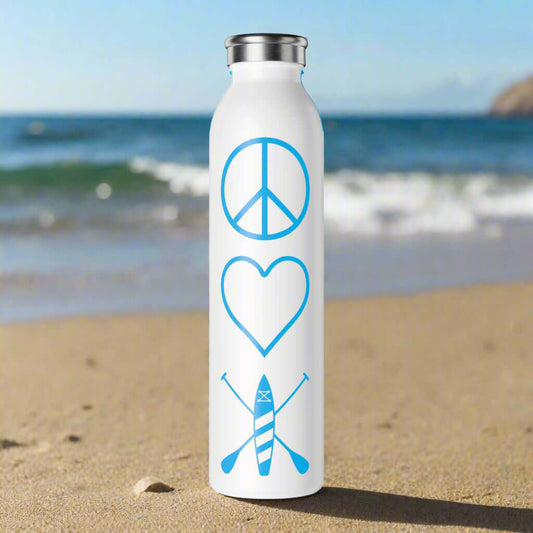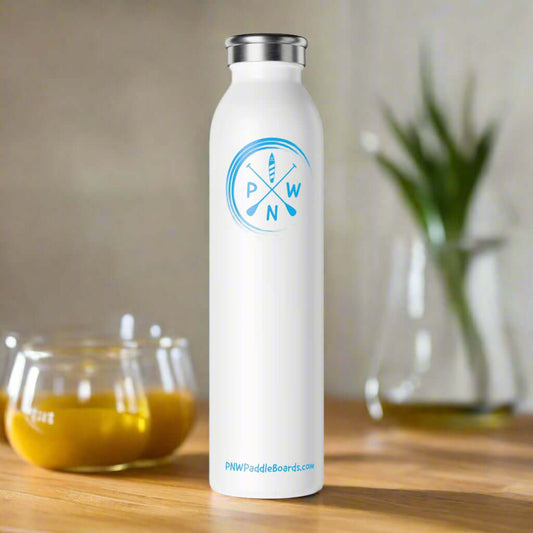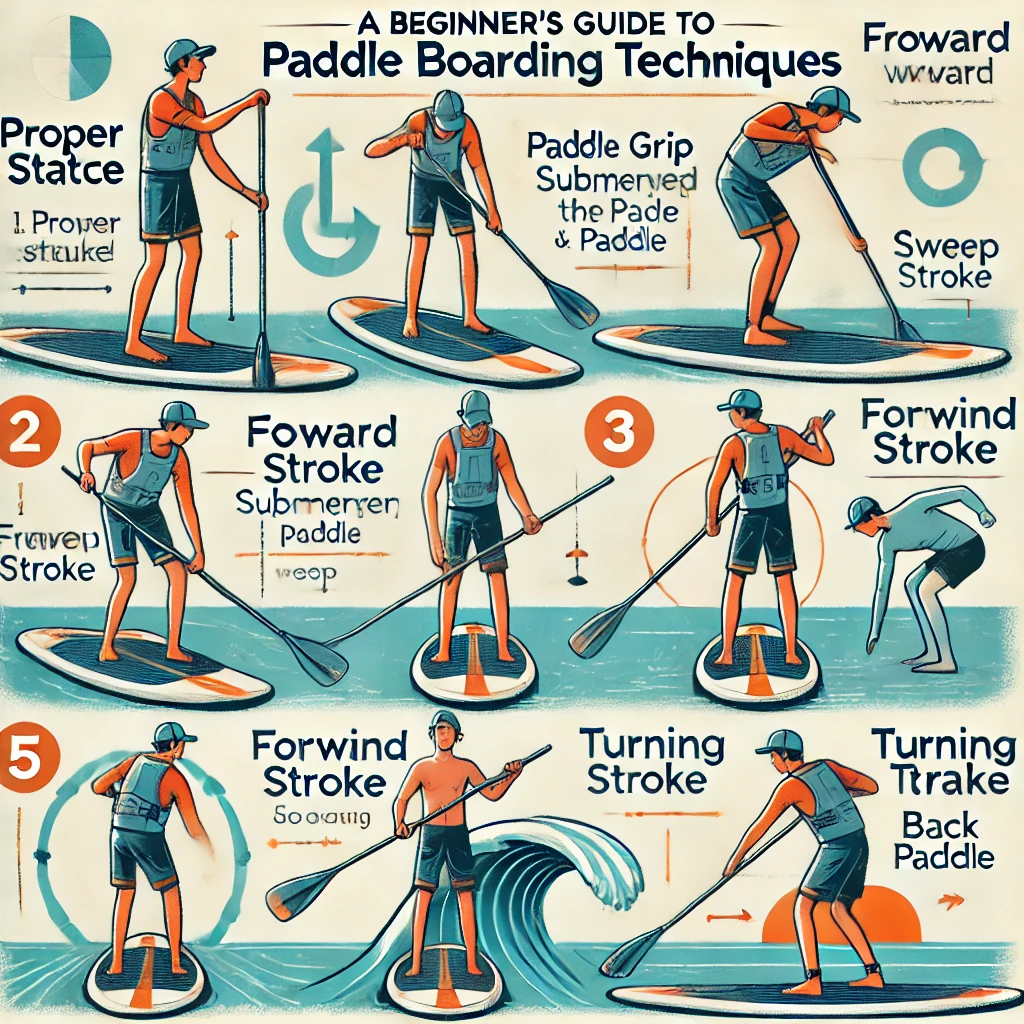
A Beginner's Guide to Paddle Boarding Techniques
Frequently Asked Questions
1. What is paddle boarding?
2. What are the different types of paddle boards?
3. What are the essential paddle boarding techniques?
4. What safety gear should I have while paddle boarding?
5. How can I improve my paddle boarding skills?
Paddle boarding has rapidly gained popularity over the years, becoming a favorite water sport for adventure enthusiasts and leisurely explorers alike. Whether you are gliding through flat waters or tackling gentle waves, understanding paddle boarding techniques is essential for enjoying every moment on your board. In this comprehensive guide, we’ll delve into crucial paddle boarding techniques, safety tips, and how they can enhance your glorious time on the water. Grab your paddleboard and let's dive in!
The Basics of Paddle Boarding
Paddle boarding involves standing or kneeling on a surfboard-like craft and using a paddle to propel yourself across the water. It's a fantastic workout that improves balance and builds core strength. Before we get into advanced techniques, here are some basic elements you should learn as a beginner:
Choosing the Right Paddle Board
The type of paddle board you choose can significantly affect your experience. Generally, there are three types to consider:
- All-around Boards: Ideal for beginners, they are versatile and suitable for various water conditions.
- Touring Boards: Longer and narrower, these are great for those wanting to cover more distance.
- Surf Boards: Best for wave riding, these will add excitement to your paddle boarding adventures.
Understanding How to Hold the Paddle
The way you hold your paddle can drastically impact your efficiency on the water. Keep these tips in mind:
- Ensure that the blade is facing away from you when paddling; this allows it to catch more water.
- Maintain a comfortable grip with your hands shoulder-width apart, and keep your elbows slightly bent.
- Switch your grip as needed, using a staggered position to create balance and efficiency.
Paddle Boarding Techniques
Correct Stance on the Paddle Board
Your stance is critical while paddle boarding. Here’s how to position yourself:
- Feet Placement: Place your feet shoulder-width apart, parallel with the board.
- Knees Slightly Bent: A relaxed stance will enhance your stability. Avoid locking your knees.
- Center of Gravity: Keep your center of gravity over the board's center for maximum balance.
Basic Paddle Stroke Techniques
Mastering your paddle stroke can make your paddleboarding experience much more enjoyable. Include these strokes in your practice routine:
- The Forward Stroke: Stand tall, bend slightly at the knees, and use your core to pull the paddle straight back next to the board. Switch sides regularly to maintain a straight course.
- The Reverse Stroke: To slow down or change direction, simply paddle backward using the same technique in reverse.
- The Sweep Stroke: For turning, sweep the paddle out in a wide arc from the front of the board to the rear. This stroke can be a significant game changer when maneuvering your board.
Exploring Advanced Techniques
Turning Techniques
Once you’ve mastered the basics, you can work on refining your turning techniques:

- The Pivot Turn: This technique involves using your paddle as a brace and shifting your weight towards one side of the board.
- The Step Back Turn: Step back on the board towards the tail, leaning the board to turn in the direction desired.
Dealing with Waves and Currents
When you venture out into more challenging waters, knowing how to handle waves and currents is critical:
- Positioning: Face incoming waves and keep your knees bent. A well-timed stroke can help you ride the waves efficiently.
- Use Downwind Strokes: If paddling into a current or strong wind, paddle more aggressively on your downwind side to maintain balance and control.
Mastering Safety on the Water
Essential Safety Gear
Safety should always be a priority while paddle boarding. Equip yourself with these essential items:
- Personal Flotation Device (PFD): Always wear or have a coastguard-approved PFD on board.
- Leash: Attach a leash to your paddleboard. It keeps the board close in case you fall off.
- Safety Whistle and Lights: These can be lifesavers in emergencies, especially during low visibility conditions.
Understanding Water Conditions
Before you hit the water, make sure you assess the conditions:
- Weather Check: Always check local weather for wind speed, which can affect your paddleboarding experience.
- Water Currents: Recognize that fast-moving currents can be difficult to navigate; ensure you have adequate experience for your chosen location.
Etiquette on the Water
Being considerate of others is essential while paddle boarding. Follow these friendly guidelines:
- Respect other water users, including swimmers and boaters. Always give way to faster vessels and help maintain a safe distance.
- Stay clear of congested areas; use less crowded spots to paddle.
- Dispose of waste properly and help keep the environment clean.
Perfecting Your Paddle Boarding Skills
Practice Makes Perfect
Just like any other activity, consistency in practice will improve your techniques. Dedicate time each week to practice your paddle boarding skills. Join groups or clubs in your area to meet fellow enthusiasts and gain tips from experienced paddle boarders. They can share useful advice and personal experiences that make learning feel more accessible and exciting.
Staying Fit for Paddle Boarding
Staying in shape will enhance your paddle boarding experience. Focus on these exercises to develop core strength and balance:
- Yoga: Enhances flexibility and balance, making it a fantastic way to prepare for water sports.
- Core Workouts: Engage in planks and modified sit-ups to stabilize your movements on the board.
- Swimming: Increases endurance and complements paddle boarding.
Your Paddle Boarding Journey Awaits!
With these techniques and safety tips, you are well on your way to becoming a skilled paddle boarder. Embrace the journey as you explore oceans, lakes, and rivers, and remember that honing your skills takes time and patience. So while you enjoy every stroke on the water, always prioritize safety. By doing so, you'll make the most out of your paddle boarding experience while fostering a love for the waves.
Check out another user's Shopify or Wix store by clicking this store link. Note that this is a promotional link, and we assume no liability for the content of the linked store.

